The reason so many businesses use emails in their marketing campaigns is because they work. Email campaigns are one of the least costly tools in marketing out there, which is a big positive for businesses on a budget. This is why understanding and using the correct email marketing templates are a necessity.
Using good email marketing templates gives businesses a chance to speak with their customers one-to-one about whatever they want to talk about, including offers, products and even have fun things like the latest news and pop culture phenomena.
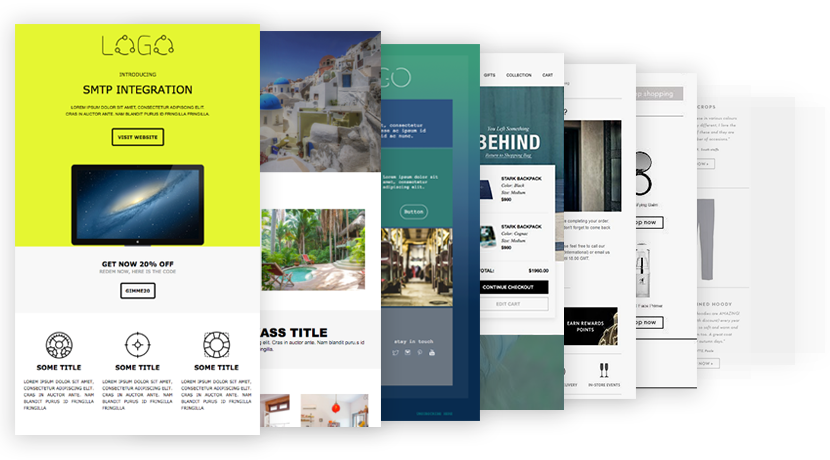
Email is ranked as the most effective marketing channel as compared to SEO, social media, and content marketing. Email marketing is 40 times more effective in acquiring new customers than other social media channels. It is possible to bring in this ROI for your business by using a good email marketing template.
To harness the power of email marketing, it is important to understand what email marketing is and how to properly use good email marketing templates. In this article, we will look at:
- What is email marketing?
- What is an email marketing template, and how do I create one?
- Types of email marketing templates that get results
If you manage a business, you can use these tips to use email marketing templates to benefit your company, even with a limited budget and time.
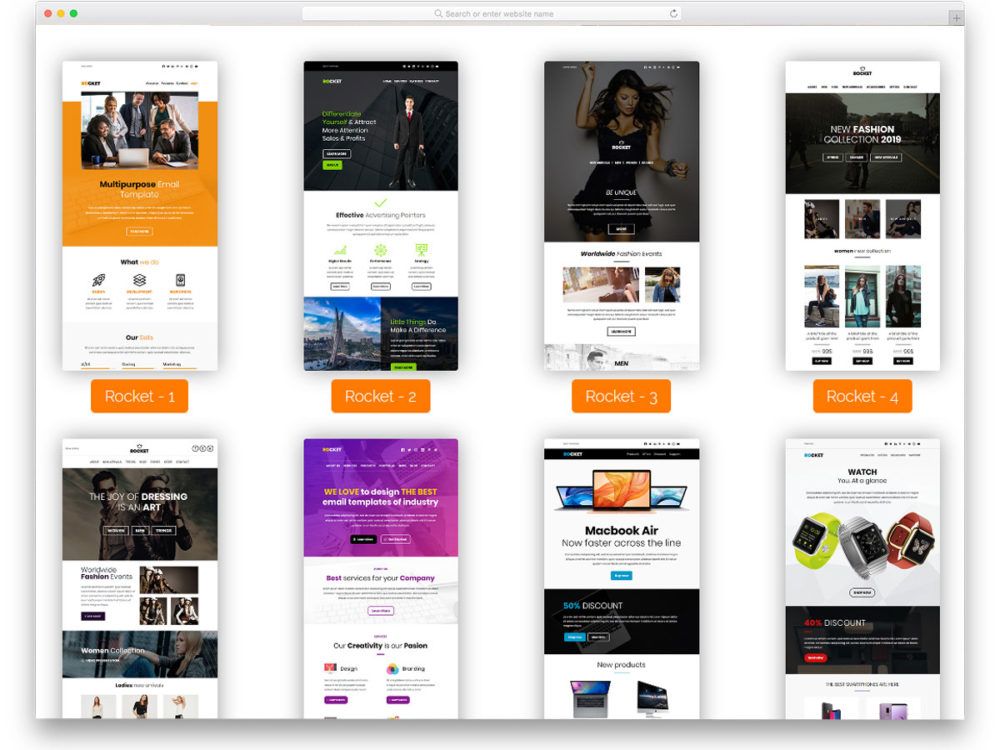
What Is Email Marketing?
Email marketing is a marketing channel that uses emails to promote your business's product or services. You can use email marketing to make your email list aware of new products and discounts. Email marketing is both a direct form of marketing as well as digital marketing. Email marketing plays a crucial role in your sales strategy. Using good email marketing templates for different types of email as per the marketing or sales funnel is crucial.
Email marketing templates are used in lead generation, brand awareness, customer engagement, building relationships, customer journey push through different types of email marketing. It is used to make customers aware of your latest items, offers and helps to integrate your marketing automation.
Email marketing is used to build long-term relationships with potential customers, encourage upsells on product orders, and retain more customers. You can use emails to grow your business, create trust, build a reputation without blowing the entire marketing budget. The average return on investment for email marketing is that for every $1 spent, businesses get an average of $44 back.

To achieve the great benefits of email marketing, your emails should have four key characteristics:
- Know who your target audience and how your email should benefit them. The email marketing template design needs to be clear with an excellent and clear call-to-action
- Other than the email marketing template being correctly designed, it needs to be sent out timely as per the marketing strategies of the business
- The emails marketing templates need to be realistic per budget, time, and team restrictions while building email campaigns
- Emails marketing templates need to be measurable and need to be designed accordingly
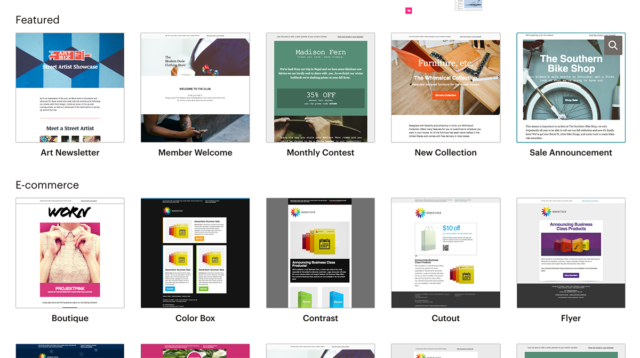
All these multiple areas can be tricky to navigate. This is where having a good and standardized email marketing template comes in. There are multiple types of email marketing templates that can be designed per the customer's journey. With a good set of email marketing templates, you do not have to write every email from scratch. You just need to customize the template and send it out. Here is a email marketing guide for a more detailed explanation.
What is an Email Marketing Template?
Just the thought of creating an effective email campaign can be discouraging to most people. Effective email marketing templates can take care of that. Emails that work have the same core ingredients. Email marketing templates work by personalizing the message to the reader or writing a compelling and relevant copy. You can use email marketing templates for multiple reasons:
- Seasonal emails that celebrate birthdays, events, and holidays
- Promotional emails for special offers or sales
- Transactional emails like upsell opportunities and shipping order confirmations
- Retargeting emails for existing customers to re-engage
- Loyalty programs and discounts for returning customers
- Feedback emails that engage your customers
Most email marketing software comes with templates you can use to build a unique message into a pre-designed email in just minutes. Most software has pre-built templates that you can choose from.
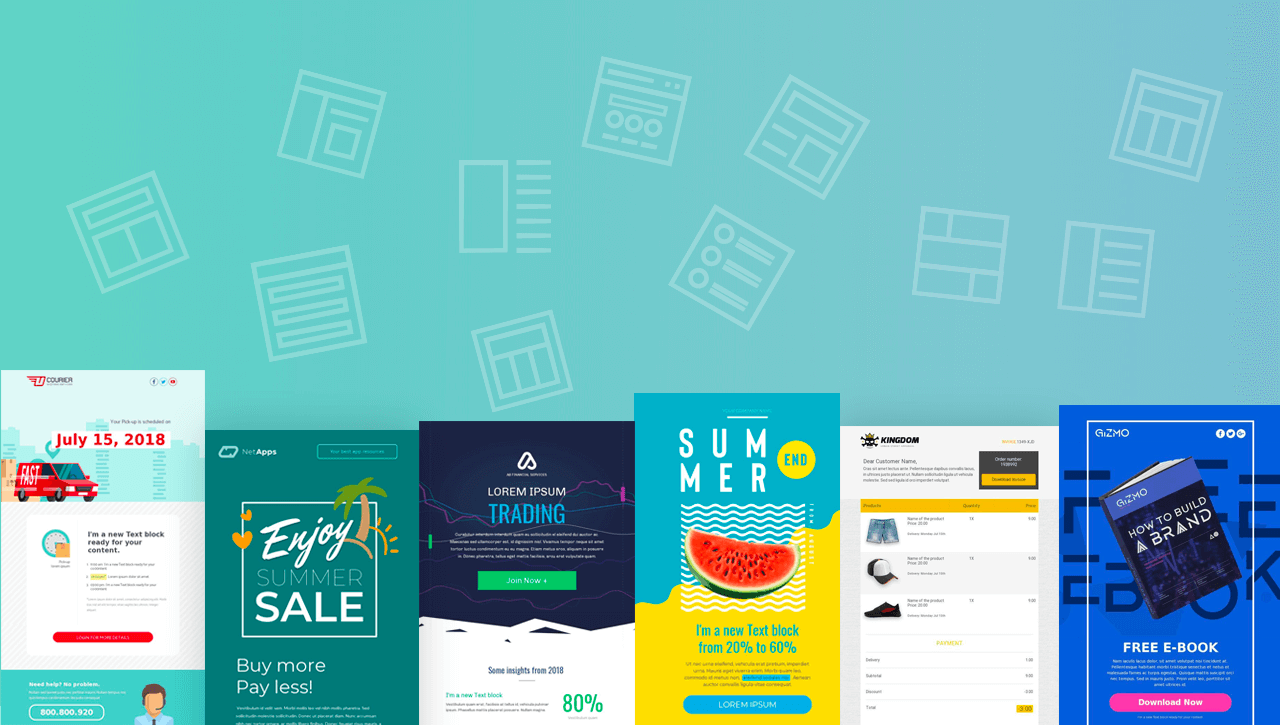
What are the Types of Email Marketing Templates?
There are many different types of email marketing templates you can send. Let us look at some of the types so that you can make an informed decision about picking the correct email template and how to go about using it per the various stages of the marketing funnel.
Welcome Emails
As mentioned before, this is the most typical form of email marketing. Welcome emails show better open and click-through rates when they offer a personal touch and introduce your organization without being sales pitchy. Lead is usually unready to do business at first initial contact. Hence, it is important for you to push your leads closer to the buying stage.
The point of a welcome email is to give a good first impression and pave the way for future contact. All businesses from e-commerce to B2B companies use welcome emails.

Welcome emails are the start of a business partnership. It is the first step in forming a good business relationship. When it is done right, it will be a positive experience and will leave them receptive to future emails. Welcome emails also have higher open rates and click-through rates than other standard marketing emails.
Email Newsletter
The email newsletter is the main foundation of the email marketing program because that is a great tool for educating customers and leads about your business, services, and products. All businesses and organizations send email newsletters to stay on top of mind for their recipients.
Newsletters are great not only for marketing to prospects but also for nurturing your leads. As you work on your newsletter layout, content creation, you have to be sure of your goal and your call to action.
The email newsletter is similar to newspapers. It can be used for daily or weekend communication. If your readers enjoy the content, they will remain subscribed to your newsletter, or else your bounce rate will increase. Building your email subscriber enables them to recognize your brand and your products.
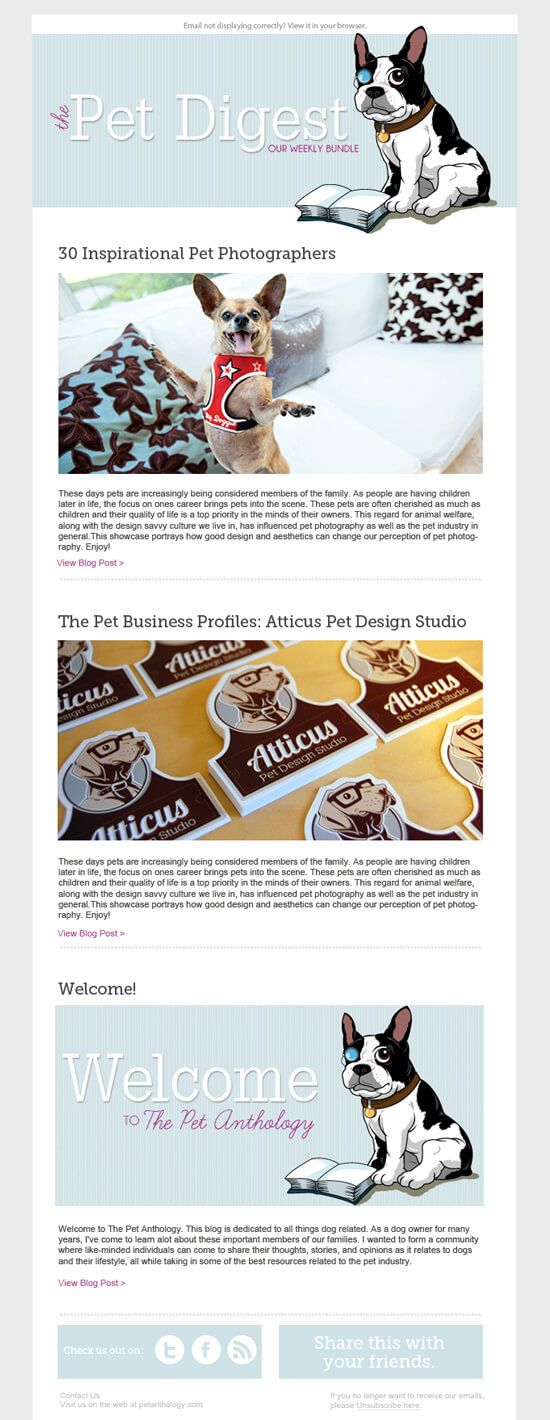
Newsletter gives you the freedom to include different types of content all in one email. It can have multiple links that can lead the audience back to your website, blog post, video, or other content. You can also A/B test with newsletters to understand your customer behavior better.
Dedicated Emails
Dedicated emails are also known as stand-alone emails, contain information about just one offer. Dedicated emails help you set up the context to introduce the main call to action. Dedicated emails are generally used to reach out to your entire email database.
You can target your targeted audience or whole with a new whitepaper or invite them to attend an industry event that you are hosting. Unlike newsletters, dedicated emails focus on driving results for one call to action because there is just one message and goal.
Dedicated emails are easy to build and will generally grab some of the information already on the landing page. Since dedicated emails focus on only one main message and call to action, it is easy to track the progress. It is easy to measure the email CTR, landing page views, conversions, and long-term ROI.
Lead Nurturing Emails
Lead nurturing emails are usually an inbound marketing tactic. It is about understanding the nuances of your lead's needs and timing. It is important to define your buyer's persona so that you can target audiences effectively. Lead nurturing is more advantages than just an individual email blast. For example, promotional emails can be very multifaceted.
They are designed to promote a number of things, from marketing materials such as blog posts, webinars, ebooks, or discounted services. Lead nurturing is used to inform your customers about what is happening in your organization.
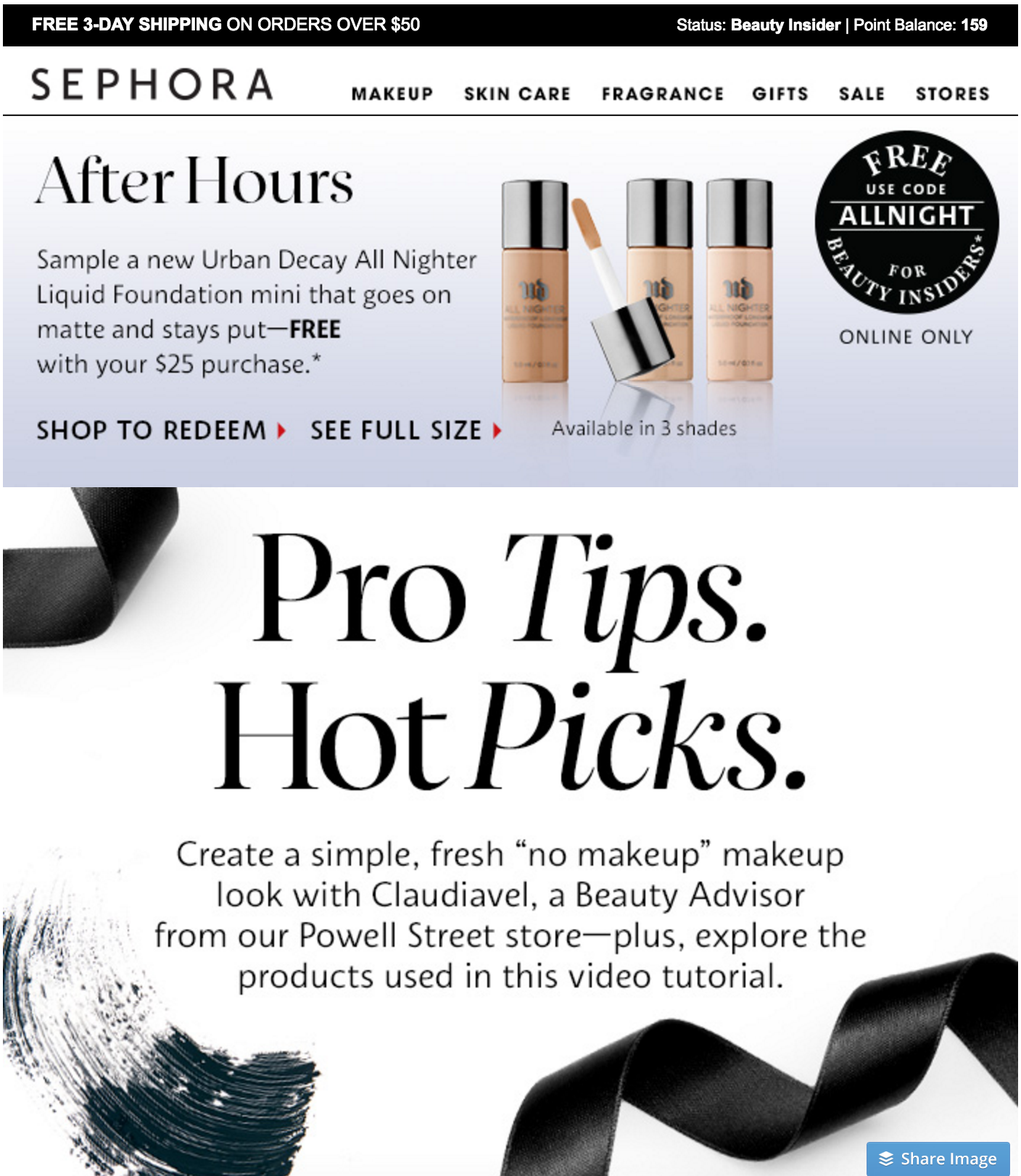
The purpose of lead nurturing emails is to guide your leads through the sales cycle and down the funnel to purchase and eventually loyal customers. Be sure to send out different types of promotional emails to suit your user's needs based on where they are in the sales pipeline or marketing funnel stages.
You can set up automated email systems, also known as drip campaigns, to suit their needs and cutting down on time and labor needs. The best thing about lead nurturing emails is that they can be automated, specific as per the audience you target, the segment, and interest. Lead nurturing is the best for high return on low investment.
Sponsorship Emails
Sponsorship emails along with display ads can be used to reach a different sector of the audience and gain new leads. Sponsorship email campaigns are the one component of a paid media strategy. This includes pay-per-click (PPC), display advertising, mobile advertising, affiliate advertising, etc.
Sponsorship emails usually a type of paid marketing campaign that entails you paying up to include your copy in another vendor's or credible partner's newsletter. Sponsorship emails are more advantageous than other email marketing as it is highly targeted. They can be measured to get results of visits, leads, sales to determine your return on the cost you paid.
Transactional Emails
Transactional emails are the messages that are triggered by a specific action your contacts have taken. Transactional email is when a customer fills out a form and receives a transactional or thank you email, which gives you login information to join.
Transactional emails are also messages that you receive from e-commerce sites that confirm your order and give you shipment information and details of your recent purchase. Personalization and Transactional Email improves metrics.
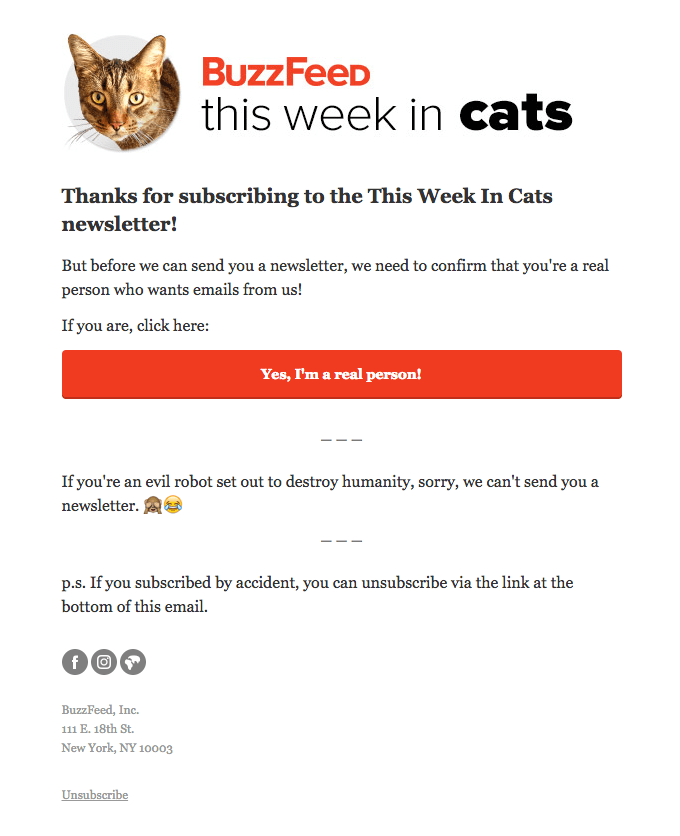
Re-Engagement Emails
Re-engagement emails are usually sent to your client list that has been inactive to re-establish contact and goodwill. Turning an inactive subscriber back into a customer is 5 times cheaper than acquiring a brand new customer. One way of re-engaging your inactive customers is by asking them to actively participate in feedback and improving your processes.
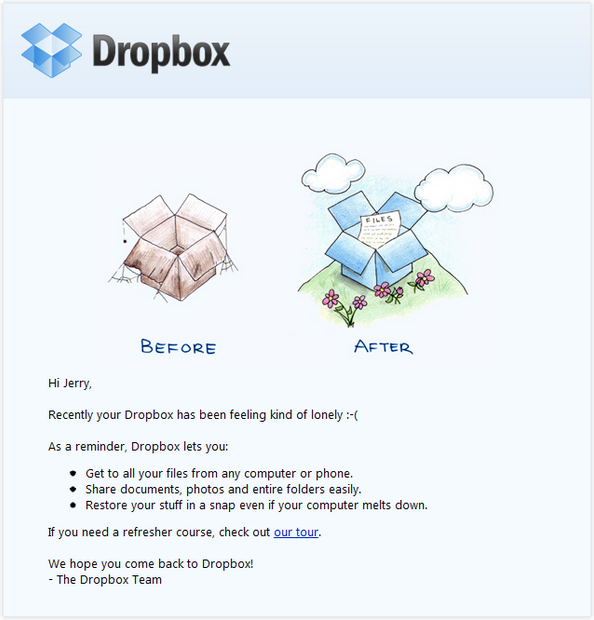
Brand Story Emails
Telling your customers and prospects about your brand and its history helps in fuelling success by spreading brand awareness. Storytelling is a great tool to get your history and point across to customers and prospects. It is good to start with your unique selling proposition. Storytelling emails tell your brand story that can trigger an emotional response with your subscribers and can help drive customer loyalty and purchase decisions.

Review Request Emails
Requesting reviews of your business on review sites can build credibility and can help boost the results of your search engine. A good place to start is by requesting reviews from your top and most happy customers. You can include an incentive, like a chance to win a gift card for the customer to provide for an honest review. Reviews help create new and unique content about your company that is keyword rich and can help improve your ranking on search engines.
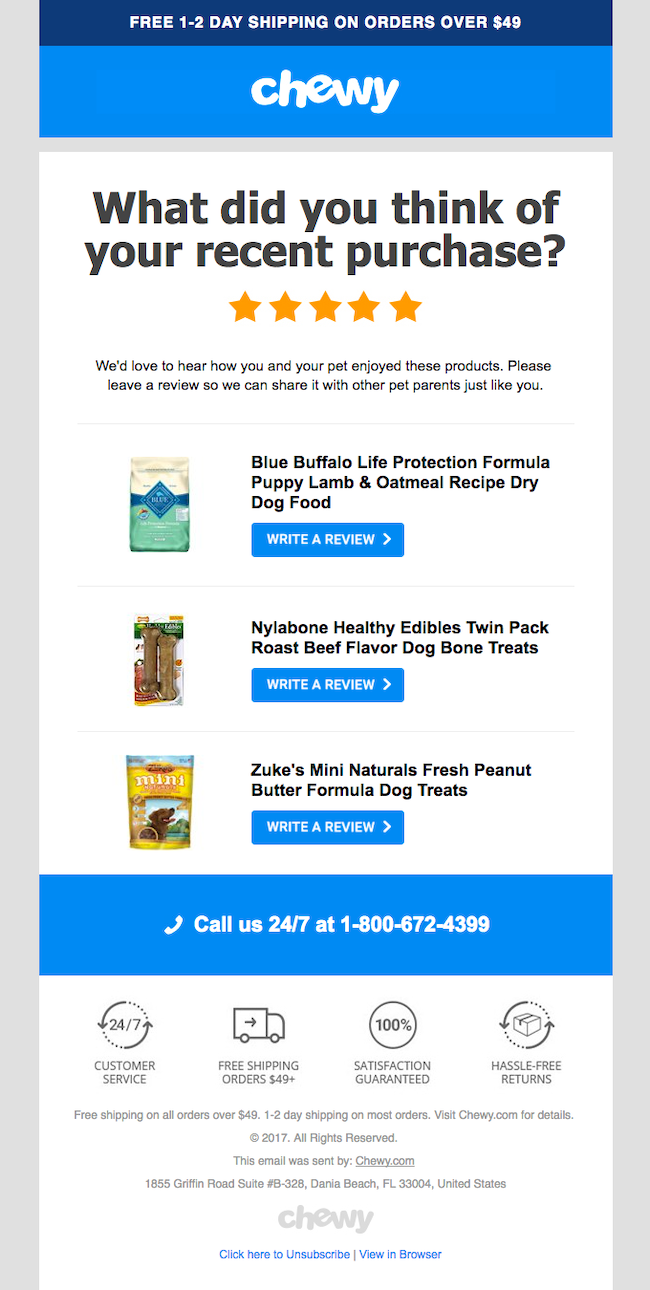
Conclusion: Email marketing templates can save you time and money
Implementing a successful email marketing campaign can seem like a lot of work if you do not have a good email marketing template.
Hearing about automation, triggers, and sequences can be overwhelming. This is why email marketing templates are nothing short of a blessing for companies that want to connect with their customers.
Using a good email marketing software or CRM like Deskera CRM can make sending out emails quick and efficient.
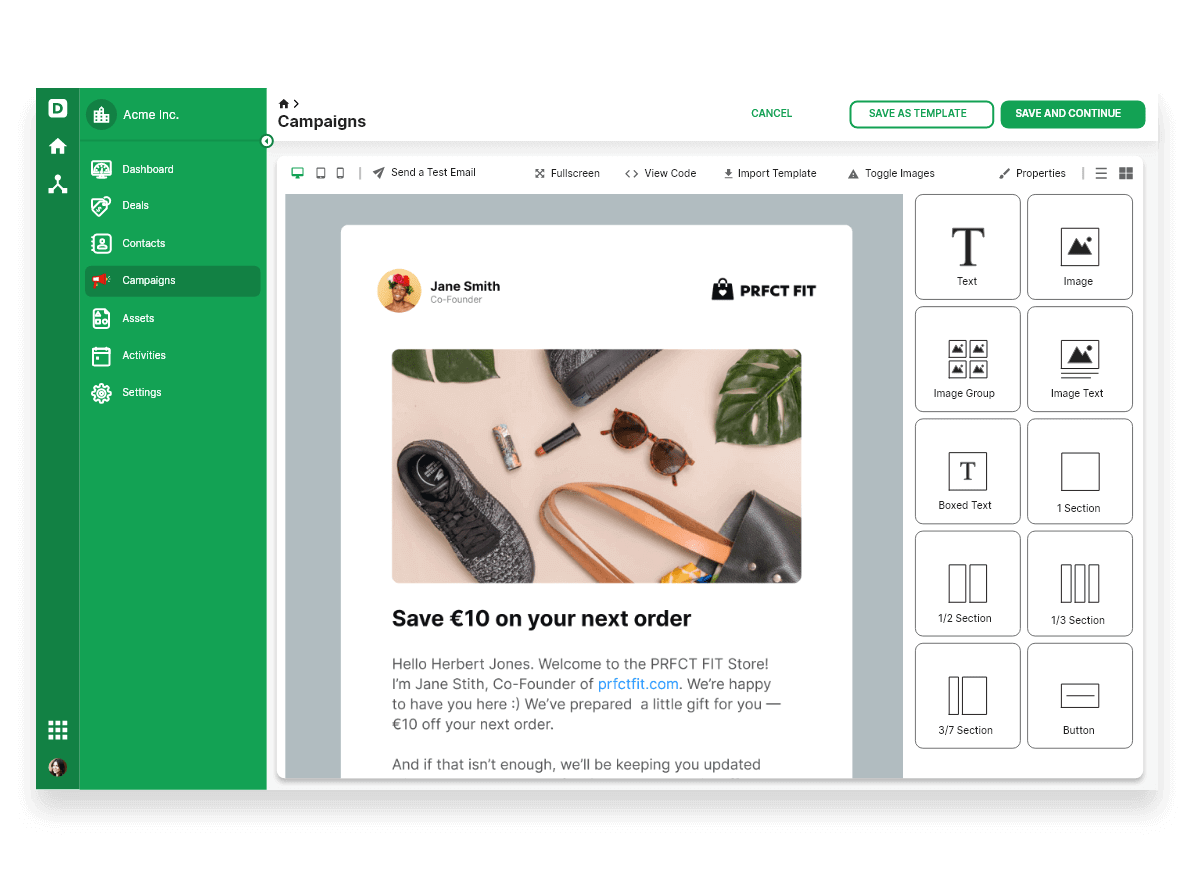
With good email marketing templates embedded in your software, you can send out effective emails to your customers. Email marketing templates give you the best of both worlds when it comes to marketing. Email marketing templates make your message look professional and slick, and they save you time too.
Are you ready to press send on your next email marketing campaign?







